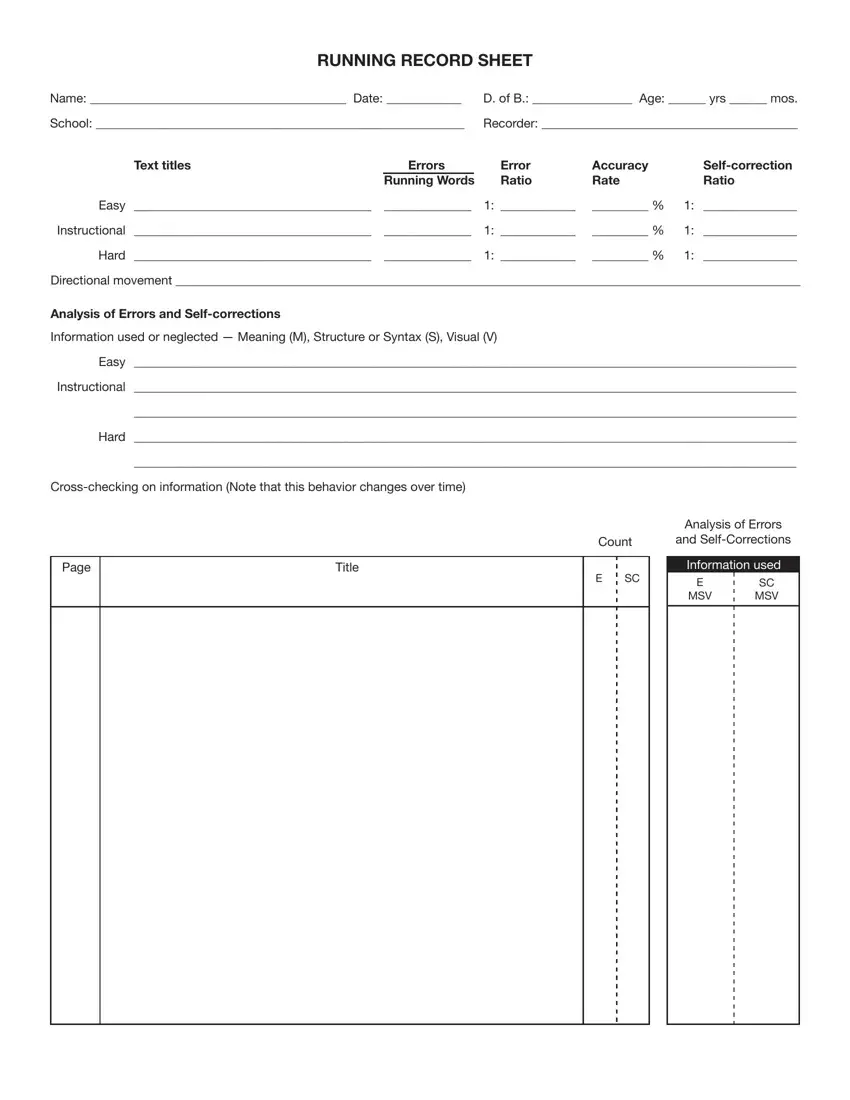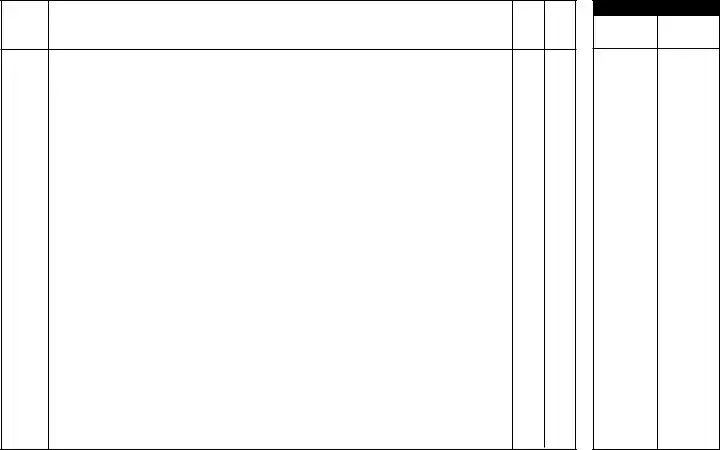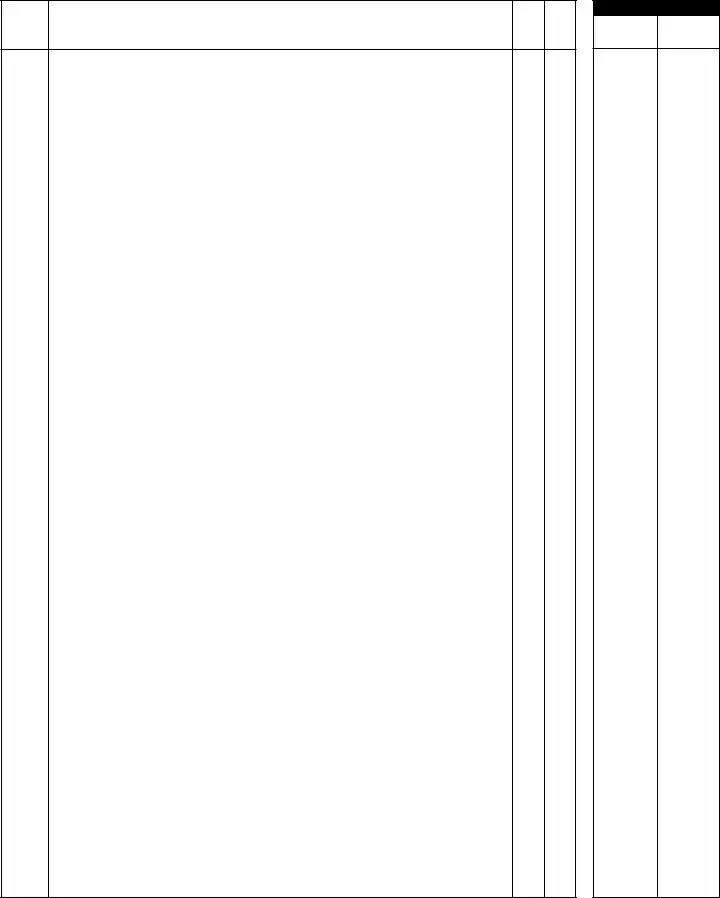It is really very easy to fill out the reading running record template empty lines. Our software makes it nearly effortless to prepare any sort of PDF. Down below are the basic four steps you need to consider:
Step 1: To start out, choose the orange button "Get Form Now".
Step 2: Once you have entered the reading running record template editing page you may find all of the options you'll be able to conduct about your document within the top menu.
To prepare the reading running record template PDF, enter the details for all of the sections:
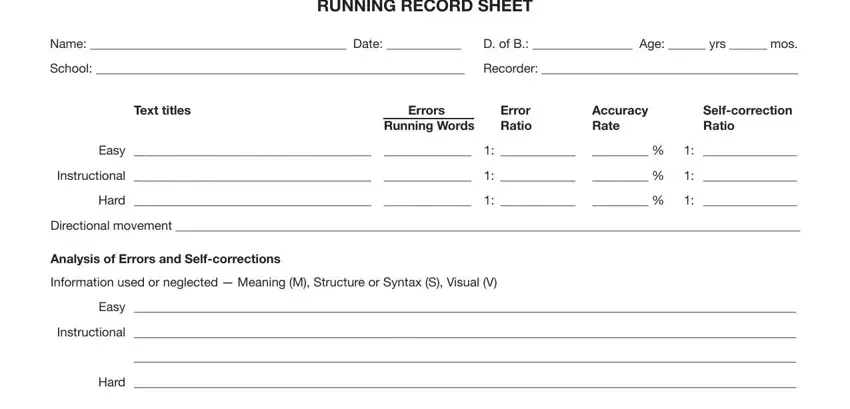
Jot down the details in the Information used SC MSV, and E MSV area.
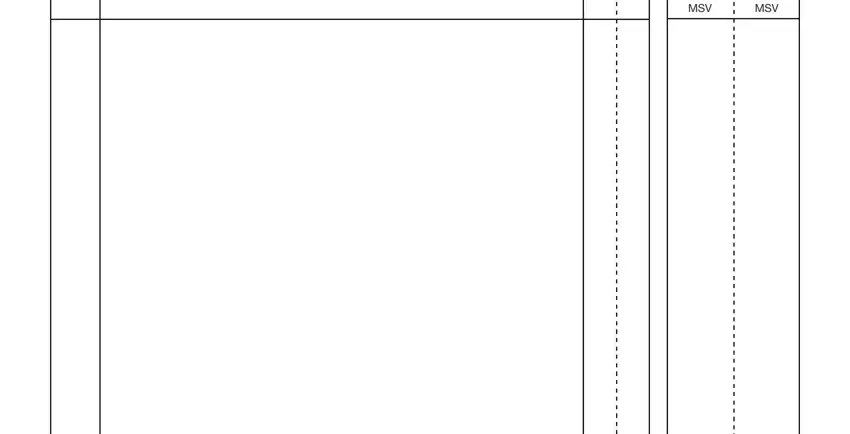
In the Information used SC MSV, and E MSV box, identify the significant particulars.
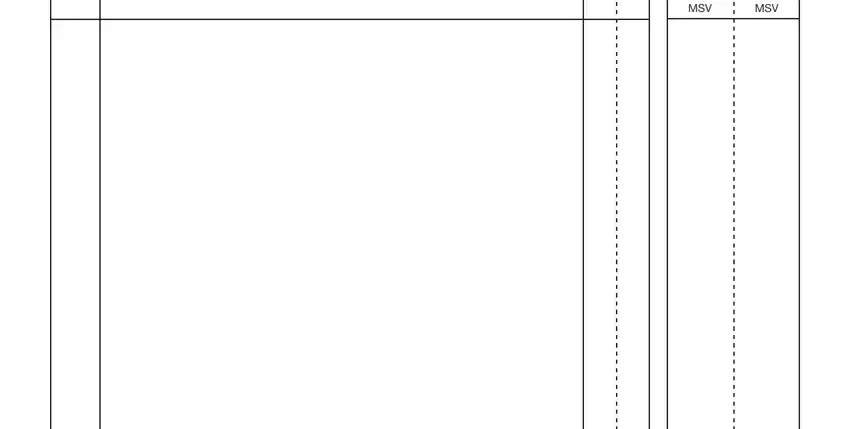
Step 3: As soon as you are done, press the "Done" button to transfer the PDF form.
Step 4: Make sure you stay clear of possible future problems by having no less than two copies of your document.
